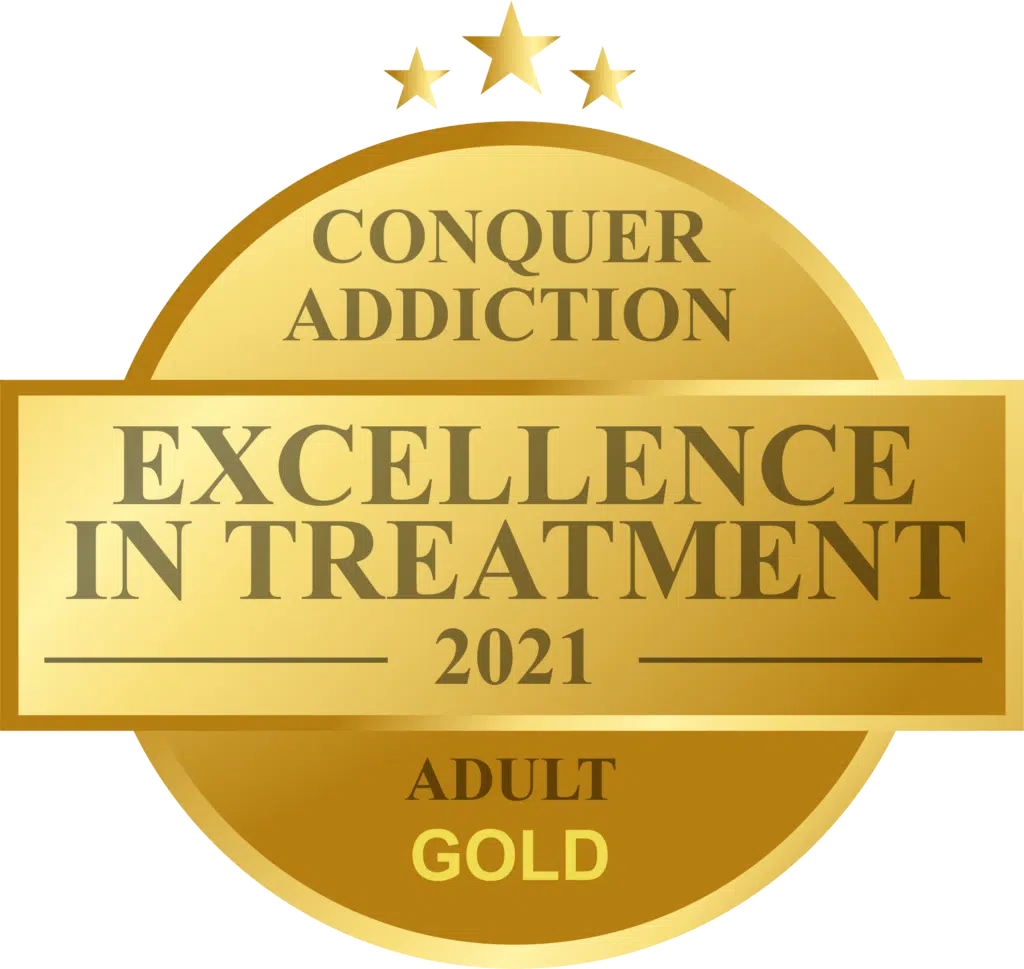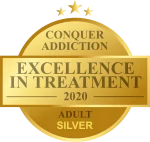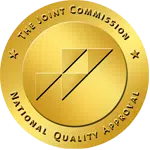© 2024 Aton Center | Privacy Policy | Terms of Use | Accessibility Statement | Grievance process | California Addiction Recovery | DHCS Licenses | Sitemap
Stimulant Withdrawal Symptoms: What does Stimulant Withdrawal Look Like?
When someone uses stimulant drugs frequently or for a long period of time, it can cause stimulant withdrawal symptoms to occur. After heavy or prolonged use of a stimulant, the user’s brain becomes reliant on the drugs to regulate cognitive function and focus. Stimulant use causes some withdrawal symptoms to occur that may be uncomfortable.
There can be many types of withdrawal symptoms that occur after using stimulants that include both physical and mental side effects. The psychological withdrawal from stimulants can be severe, in some cases leading some former stimulant users to relapse; others may even become violent or suicidal. For this reason, stimulant users are advised to seek professional medical help at a treatment center or rehab when quitting the drugs.
If you or someone you know is experiencing struggles with stimulant use, please call AToN Center. Our drug and alcohol addiction treatment program and rehab specializes in all types of drug addiction and we would love to help you move into recovery.
What are Stimulant Drugs?
Stimulants are drugs that are sometimes referred to as “uppers” and result in an increased activity in the body. Often people have begun using stimulant drugs to increase their alertness either for a sport or hobby, or to perform well in other situations such as work or school. Due to the way these drugs make a person feel, they tend to be a highly abused substance and can result in addiction.
So, what do stimulants do? Stimulants speed up physical and mental processes, which can lead to increased levels of dopamine in the brain resulting in short-term desirable effects. Many users may feel great due to these short-term effects of stimulants, but long-term abuse of these drugs can have significant health consequences. This is why it is so important for those who abuse the drugs to get help at an addiction treatment program as quickly as possible.
There are both legal (prescription) and illicit stimulants, and both categories are commonly abused. Some of the most commonly abused stimulants include methamphetamine, cocaine, and prescription or medically necessary stimulants, like Adderall, Concerta, and Ritalin. Doctors routinely prescribe Adderall in order to treat the symptoms of attention-deficit disorder (ADD) or attention-deficit hyperactivity disorder (ADHD).
Side Effects and Symptoms
Short-term health symptoms of stimulants like:
- Loss of appetite
- Hallucinations, hyperexcitability, irritability
- Dilation of pupils
- Bizarre, erratic, sometimes violent behavior
- Convulsions, seizures and death from high doses
- Nausea
- Panic and psychosis
- Increased heart rate, blood pressure, body temperature
- Disturbed sleep patterns
Long-term health symptoms of stimulants like:
- Permanent damage to blood vessels of heart and brain, high blood pressure leading to heart attacks, strokes and death
- Brain problems like strokes and possibly epilepsy
- Strong psychological dependence
- Respiratory (breathing) problems if smoked
- Depression
- Malnutrition, weight loss
- Disorientation, apathy, confused exhaustion
- Destruction of tissues in nose if sniffed
- Psychosis
- Infectious diseases and abscesses if injected
- Liver, kidney and lung damage
Mixing a Stimulant with a Depressant
It can potentially be dangerous to mix a stimulant with a depressant. A stimulant is considered an “upper” while a depressant is a “downer.” The two cause mixed signals in the body, requesting a different function to happen in the body. This can cause both medical health concerns in those who use both drugs at the same time.
Alcohol is a depressant, and its interaction with a stimulant is no less dangerous than other narcotic depressants. The appeal behind the combination is that one can pump or liven themselves up with the stimulant and be less drowsy, depressed or impaired from the alcohol.
Adderall is a stimulant and alcohol is a depressant. This does not mean that the two substances cancel each other out. Instead, they compete with each other in your body. This effect can cause serious medical or health problems.
Symptoms Related to Stimulant Withdrawal
How do stimulants affect the brain? The answer is, that they cause changes in the levels of dopamine in the brain. Once this happens, the body begins to crave the drug in order to feel “normal” resulting in dependence. Many people experience symptoms of withdrawal when using a stimulant substance and it is quite possible to result in stimulant addiction if proper treatment is not done at an addiction treatment program or rehab. Although addiction may occur, it is possible to get better and achieve a full recovery from drugs or alcohol.
Stimulant Withdrawal and Detox
Stimulant withdrawal and detox will look different in each individual who uses the drug. For some people there are severe health withdrawal symptoms while for others there are mild to moderate symptoms. Some factors that determine the severity of withdrawal and detox to stimulants are the person’s metabolism, tolerance and history of drug use. It’s important to quit use of stimulants in a medical detox program where you can be monitored and given needed medication for withdrawal symptoms.
Stimulant withdrawal can be characterized by a change in mood such as feeling unhappy or experiencing a dysphoric mood. Other withdrawal symptoms that affect your health that can include:
- Dehydration
- Slowed movements
- Chills
- Jittery reactions
- Unpleasant dreams
- Slowed speech
- Drug cravings
- Anxiety
- Slow heart rate
- Irritability
- Insomnia or hypersomnia
- Weight loss or gaunt appearance
- Paranoia
- Fatigue
- Depression
- Increased appetite
- Impaired memory
- Hallucinations
- Body aches
- Loss of interest
- Dulled senses
For those who have a health history of depression can experience severe stimulant withdrawal depression. People who have used drugs with co-occurring mental health concerns will experience more severe symptoms of withdrawal as well as a longer withdrawal and detox period.
Timeline of Stimulant Withdrawal Symptoms
Typically, stimulant withdrawal will present itself within a few hours and up to several days of the last dose of the drug. There are some symptoms of withdrawal such as depression that can last for weeks or months after using the substance.
Stimulant withdrawal effects that last longer than a couple weeks are classified as post-acute withdrawal symptoms or PAWS. These symptoms of withdrawal may include anxiety, poor sleep, irritation/irritability, depression, fatigue, poor concentration, or mood swings.
Withdrawal and Detox Treatment
Treatment and rehab for withdrawal usually begins with detox, or clearing the drug out of your system completely. It is best to do this with the help of a treatment rehab so that you can be monitored closely the entire time and ensure you are safe. Detox can cause uncomfortable and unwanted symptoms of withdrawal to occur, and could even cause medical problems if treatment is not done right.
Once detox and the withdrawal phase are complete, treatment is not necessarily over. It is best to seek out a treatment or rehab center for help, such as AToN Center. The medical staff are able to safely monitor you or your loved one, and provide necessary treatment to address the addiction or substance abuse problem.
Addiction and Abuse to Stimulants
Prescription stimulants are classified as a Schedule II drug under the Controlled Substances Act because they are highly abused and may cause addiction. It is said that approximately 900,000 Americans abuse prescription stimulants every single month.
Despite the rise in addiction and abuse, it is possible to overcome an addiction to drugs or alcohol. With proper treatment for stimulant use disorder and with the right rehab, you can begin to understand the underlying reason behind the addiction and learn proper coping strategies to handle the triggers.
Treatment and Help at AToN Center
AToN Center is a drug and alcohol addiction treatment rehab that treats all types of addictions including stimulant addiction or abuse. Our highly trained substance abuse professionals and medical staff have many years of experience in treating addiction or abuse, and our program is one of the best in the country.
The good news is, if you choose AToN Center you will be in good hands. We can offer some of the best treatment around for addiction and substance abuse, and we have a multitude of resources to treat you or your loved one. Some of our other amenities include yoga, meditation, family therapy, and an on-site gym and pool.
We understand the effects of addiction and how it can severely impact a family, which is why we offer an array of treatment services including withdrawal and detox care, addiction education, counseling, and other holistic treatment options. Recovery is possible, and we would love to help you get there.
If you or a loved one are looking for help, please give us a call. We can answer any questions you have and provide more information about our treatment programs.










